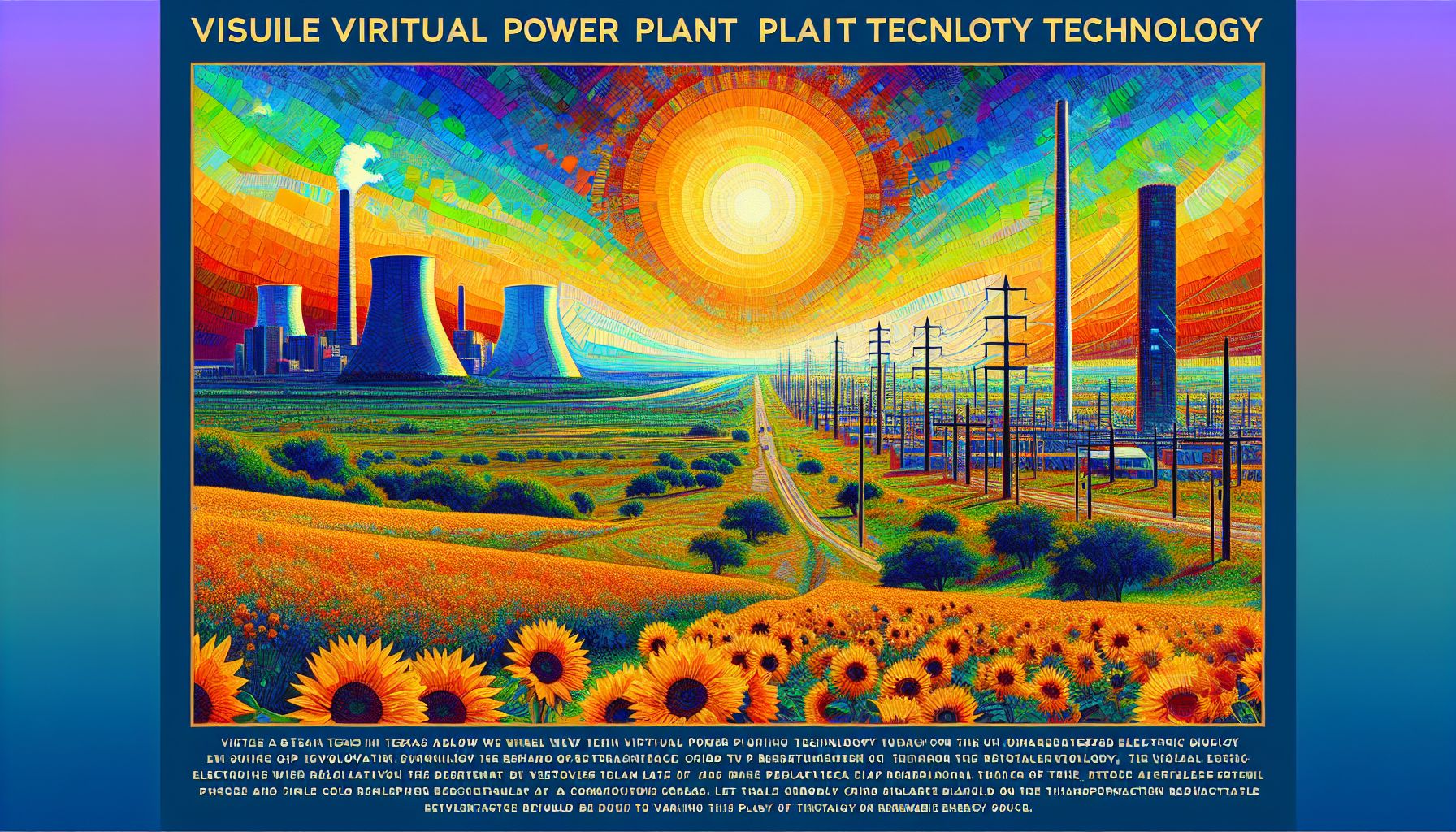Texas Successfully Trials Virtual Power Plant Technology on Unique Electric Grid

Texas has trialed virtual power plant technology within its deregulated electric grid managed by ERCOT, potentially revolutionizing energy generation and transmission with more efficient renewable integration.
The Role of ERCOT in Texas’ Energy Landscape
The Electric Reliability Council of Texas (ERCOT) manages Texas’ unique, deregulated electric grid. This independent grid allows for a market-based approach to energy generation, making Texas an ideal location for testing innovative energy solutions like Virtual Power Plants (VPPs). ERCOT’s independence from the national grids of the Eastern and Western Interconnections provides a controlled environment to assess the efficacy of VPPs in real-world conditions[1].
What Are Virtual Power Plants?
Virtual Power Plants (VPPs) utilize connected energy assets such as residential solar panels, battery storage systems, and smart appliances to optimize power distribution. By aggregating these distributed energy resources (DERs), VPPs can provide the flexibility and reliability needed to manage peak electricity demands and integrate more renewable energy into the grid. This technology reduces reliance on traditional peaking power plants, which are often powered by fossil fuels, thereby contributing to a cleaner energy system[1][2].
Pioneers of the Technology
The trial in Texas has been spearheaded by various stakeholders, including utility companies, policymakers, and private enterprises. Stuart Page, a senior consultant at the Department of Energy Loans Program Office, has been a vocal advocate for increasing participation in VPP programs. He has suggested an opt-out enrollment model to boost engagement, emphasizing the technology’s potential to lower electricity costs and support grid stability during peak demand periods[1][2].
Economic and Environmental Impacts
The integration of VPPs in Texas’ grid could have significant economic and environmental benefits. According to a Department of Energy report, scaling up VPPs could address 10-20% of peak demand in Texas by 2030, potentially saving up to $10 billion annually. This reduction in peak demand would also facilitate the retirement of older, less efficient fossil fuel power plants, thereby reducing greenhouse gas emissions and advancing the state’s decarbonization goals[1][2].
Challenges and Future Prospects
Despite the promising results, there are challenges to widespread VPP adoption. Low participation rates remain a hurdle, and there are ‘perverse incentives’ within the current utility rate-based system that discourage utilities from fully embracing VPPs. However, with continued policy support and technological advancements, VPPs could become a cornerstone of Texas’ energy strategy, paving the way for other states to follow suit[1].

